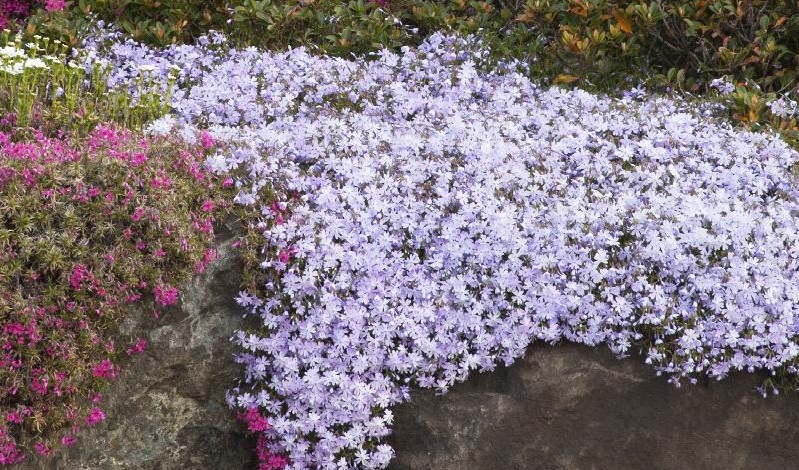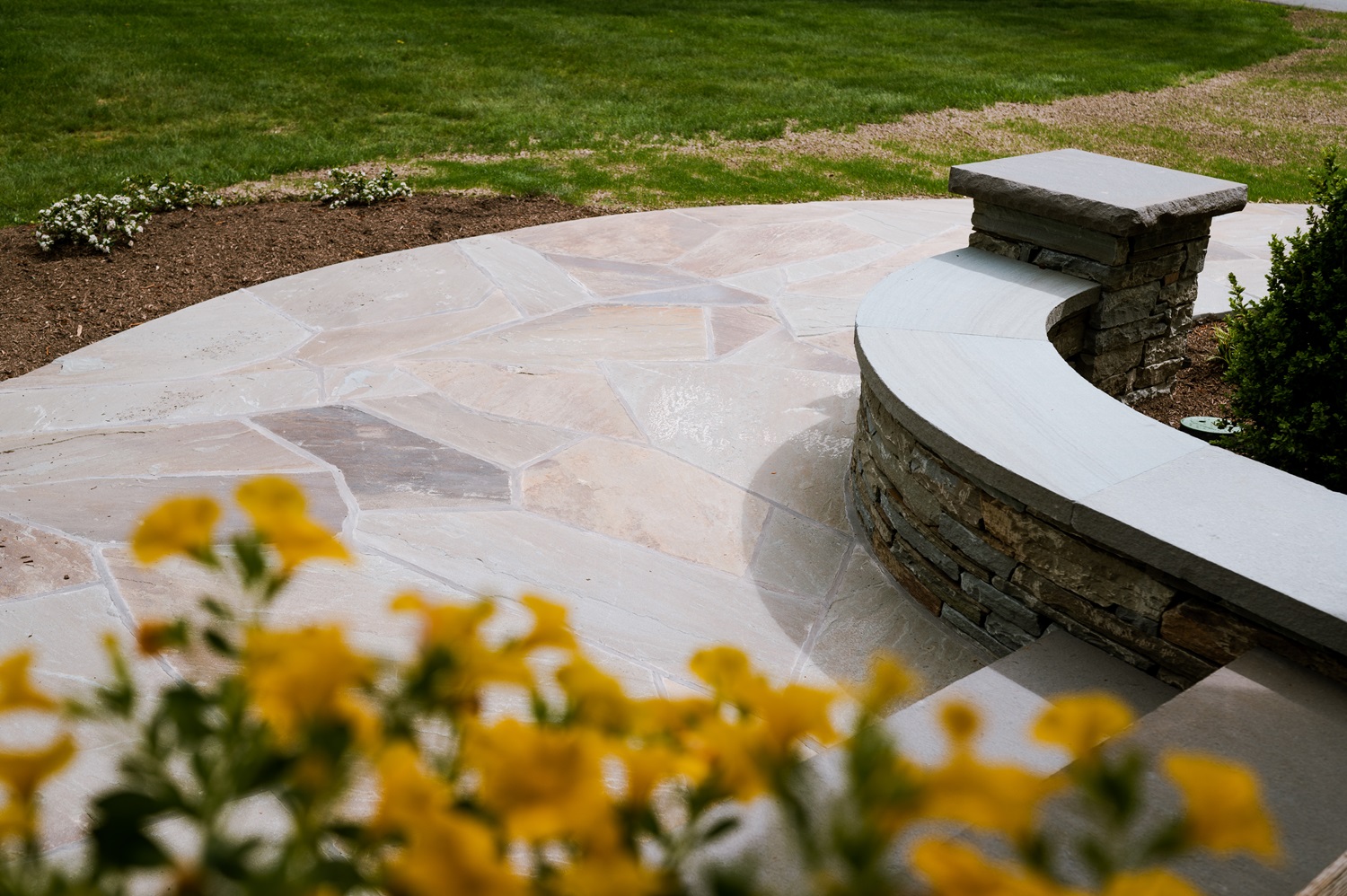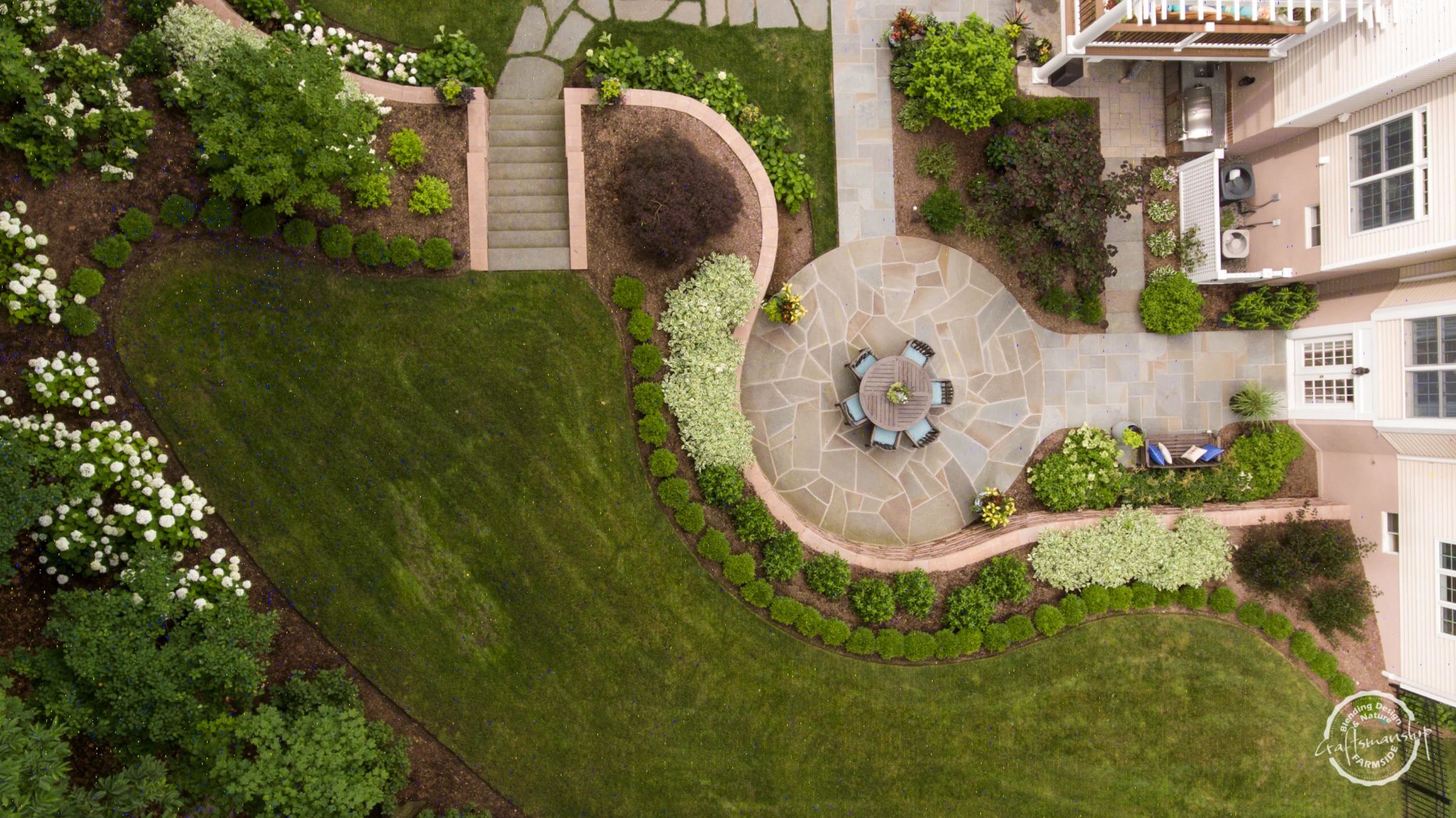Hardy and pest-resistant, Witch Hazels are loved by many gardeners for their fragrant flowers that bloom in late fall and winter. A member of the genus Hamamelidaceae, and closely related to the sweet gum tree, there are four species native to North America, one each in Japan and China and numerous hybrids and cultivars.
A good choice for our area is American Witch Hazel (Hamamelis Virginiana), sometimes called winterbloom, a native, woody shrub with fragrant flowers that range in color from a creamy to brilliant yellow, with slender, crumpled petals. These blooms provide a welcome burst of color from October through December, a time when most of our trees have dropped their leaves and the landscape has become muted.
Witch Hazels can be grown as a shrub or small tree. They can reach 20-30 feet in height, with a 20-25 foot spread. Their growth is somewhat slow to medium, so you can easily keep them trimmed to a size that works best for your space. They make effective hedges or screens, as well as an attractive specimen plant in open spaces with pretty foliage that turns a brilliant yellow-orange in the fall. They do best with a little shade during the day, so a northern exposure would work well for placement. Their upright shape invites underplantings such as ground covers or early spring bulbs.
What’s in a Name?
So where does the name Witch Hazel come from? No spooky connotations here – it’s from the Middle English word “wych” meaning “pliable” or “bendable.” Folklore has it that the shrub’s easily malleable, y-shaped branches were used by dowsers to find underground water sources.
Witch Hazel’s Medicinal Benefits
Distillations from the Witch Hazel’s bark and leaves have been used for years medicinally and as part of beauty regimes. The Witch Hazel you find in stores today is a descendant from the first mass-marketed toiletry ever made in America. It’s also one of the only medicinal plants approved by the Food and Drug Administration as a non-prescription drug ingredient. Witch Hazel is a natural astringent, and is often use to treat skin irritations such as sunburn, bug bites, rashes and as an after shave tonic. Witch Hazel contains tannins, flavonoids and volatile oils that give it its astringent qualities that help tighten skin and stem bleeding.
Aside from finding its place in your medicine cabinet, making a place in your landscape for Witch Hazel is something to consider as well. Talk to us at Farmside about introducing this beautiful native into your garden.
Main Image Photo Credit: Monrovia.com – Doreen Wynja









